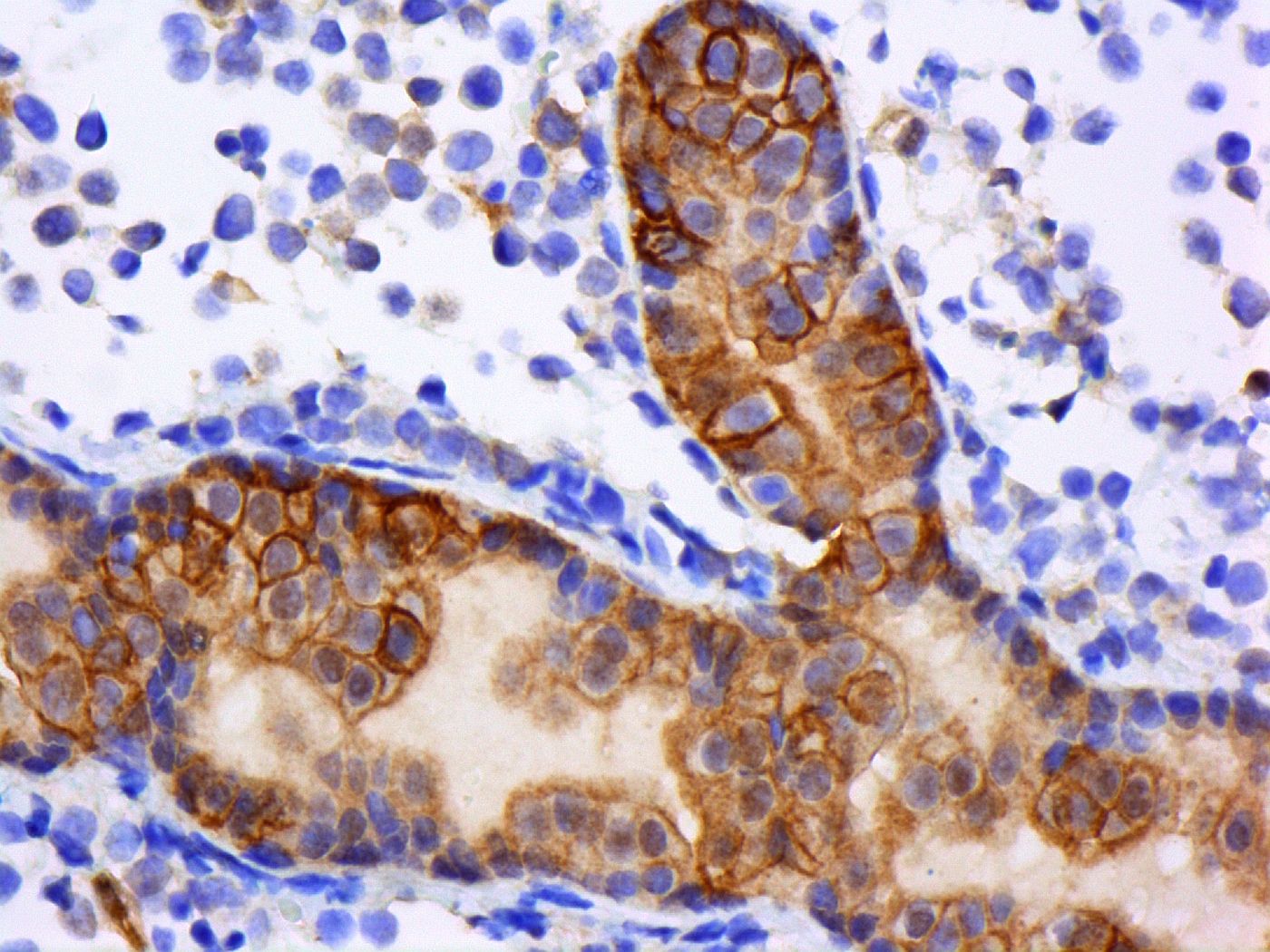New Target for Halting Breast Cancer During Cell Division
A recent study at the University of Texas revealed a novel contributor to cancer cell division. Just upstream from two proteins targeted by popular cancer drugs is an elongation factor that looks to have tumor-suppressive abilities in breast cancer.
Exploring the Dual Nature of eEF1A
Eukaryotic elongation factor 1 α (eEF1A) is vital for protein synthesis and an enigma in cancer research. While its overexpression is linked to aggressive forms of cancer, elevated levels of eEF1A also correlate with better outcomes in breast and ovarian cancers. Warapen Treekitkarnmongkol and colleagues sought to understand the mysteries of eEF1A's anti-breast cancer effects, employing cell cultures and mouse models.
Deciphering eEF1A's Intriguing Mechanisms
The study published in Science Signaling reports that eEF1A's isoform, eEF1A2, while known for its role in DNA replication for cell division, also has tumor-suppressive properties in breast cancer. eEF1A2 achieves its cancer influence through its newly discovered connection to Aurora kinase A (Aurora-A—an enzyme that sometimes facilitates unbridled cancer cell division.
Unraveling Therapeutic Implications
Through their research, scientists uncovered a significant revelation: when eEF1A2 interacts with the tumor-suppressor phosphatase PTEN, they form a protein complex that facilitates the degradation of Aurora-A. This discovery holds particular significance as Aurora-A is notably abundant in tissue samples collected from breast cancer patients.
The activation of AKT promotes the stability of Aurora-A protein in Pten knockout mouse mammary adenocarcinoma. Treekitkarnmongkol, W. et al.
In identifying eEF1A2's role in cancer, the study uncovers previously unknown connections in the cellular pathway of cancer progression some of which are already associated with current cancer therapies. The cancer drugs alisertib and fimepinostat are known to influence Aurora-A and PTEN inhibition, respectively. In a compelling validation of their findings, the researchers confirmed the therapeutic potential of targeting the eEF1A2-PTEN-Aurora-A axis by using these two drugs to suppress the cancer cell proliferation of human breast cancer tissue xenografted in mice.
Researchers can now explore eEF1A2 as a potential target for innovative cancer treatments to address Aurora-A overexpression. With a new target, scientists can design more effective and targeted cancer treatments, bringing us closer to the elusive goal of conquering this formidable disease.
Sources: Science Signaling









